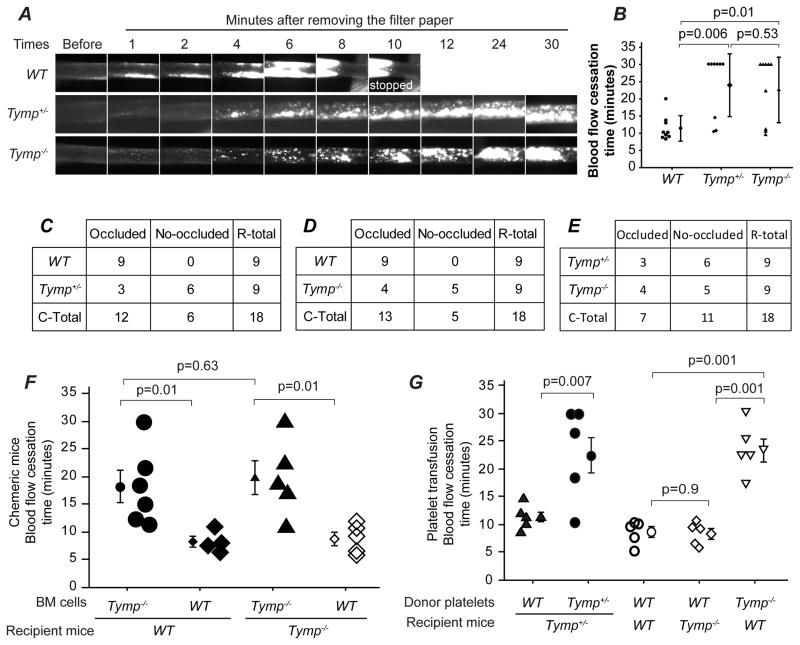Figure 1. Deletion of thymidine phosphorylase (Tymp) protects against arterial thrombosis in mice.
A. Representative video images of carotid artery thrombi formation after 7.5% FeCl3 treatment. Platelets were labeled by direct jugular vein injection of rhodamine 6G and arteries were imaged in real time by fluorescent intravital microscopy. B. Blood flow cessation time. Data are presented as Mean ± SEM, n=9 for each group. C, D and E are contingency tables showing mice number based on whether occluded thrombus formed or not within the observed 30 min, and Fisher’s exact test was used for statistical analysis. Two side p=0.009 in C, p=0.029 in D and p=1 in E. F. WT and Tymp−/− recipient mice were exposed to 10.5 Gy of external beam irradiation, and then received bone marrow (BM) transplantation as indicated. The successful BM engrafted mice were subjected to 7.5% FeCl3 induced injury on carotid arteries 4 weeks later (n=4~6). G. Tymp+/−, Tymp−/− or WT recipient mice were exposed to 11 Gy of irradiation and allowed to live for 5 days to induce serious thrombocytopenia. Donor platelets isolated from WT, Tymp+/− or Tymp−/− mice were labeled with Rhodamine 6G, and total 109 platelets in 200 μl saline were transfused into the recipient mouse via jugular vein injection. The mice were then subjected to 7.5% FeCl3 induced carotid artery injury. N=5 in each group.

